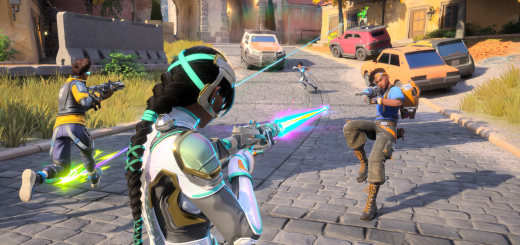Avatar: Frontiers of Pandora is one of the most technologically impressive games of the year
What a year it’s been for real-time 3D graphics! With Avatar: Frontiers of Pandora, we’re looking at one of the most visually accomplished releases of 2023, seemingly released without much fanfare. However, when you look at the creators behind the franchise and the game, perhaps we should have expected something special. It’s hard to deny the attention to detail that James Cameron has as a creator, not to mention Avatar’s reputation for pushing the limits of movie CG. But how do you compress down the blockbuster experience when rendering on a home console? That is where Ubisoft Massive comes in with its superb Snowdrop engine. The tech delivered sensational results on prior titles primarily designed for last-gen hardware, but with a new baseline in technology defined by PC and the latest consoles, Massive has delivered an Avatar game worthy of the name.
Today we’re talking about the high-end PC experience, but I should stress that the game is eminently scalable. It runs with both performance and quality modes on Xbox Series X and PlayStation 5, and it still looks phenomenal when its targeting 60 frames per second. Even Xbox Series S looks great, albeit limited to a single 30fps mode. So, while we’re talking about the ultra experience, right now we’re fairly confident in recommending Frontiers of Pandora on all consoles too.
The basic challenge facing the game is to effectively capture the world of Pandora within a game – and it has to do so with the same super-saturated hyper-reality that the films are known for. To do this, Massive has built this world upon a new lighting engine for Snowdrop. In the past, Snowdrop and a number of other Ubisoft titles pioneered a form of real-time global illumination for games called pre-computed radiance transfer. It is the reason why Far Cry 3 looks the way it does and it is the key tech that enables the large scale open world lighting with full time of day in titles like The Division. There are many compromises, of course and it can’t escape that kind of ‘videogamey’ look with glowy bits in shadows and a lot of objects badly placed in any given scene, looking as though they’re floating. This is last-gen stuff, and not a good fit for the ambition of Avatar: Frontiers of Pandora.
As a result, Massive has upgraded Snowdrop to fully support a global illumination system based on hardware-accelerated ray tracing – and the results are quite a sight to behold. RTGI is most striking in areas that are heavily occluded, like the mouths of caves, for example. Sunlight floods in through the entrance, bouncing around but losing intensity the further into the cave you look. Similarly, the greenish tinge brought about by light bouncing off the foliage and vegetation is another hallmark of RTGI. Thanks to ray traced global illumination, corners and crevices in Avatar get suitably dark and objects seldom look like they are floating above the surface they’re resting on – and this makes any area of the game look much more tangible than it would were it using a non-RT technique.


